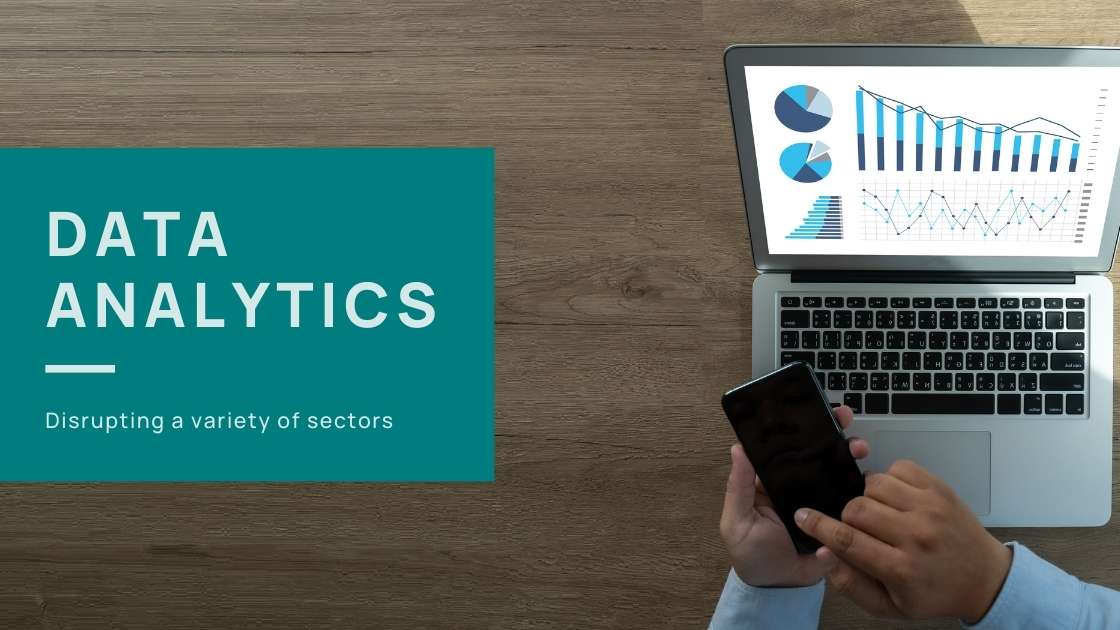Many big data gurus, from Pierre Delort, Ronald van Loon, Marcus Borba, and Merv Adrian (just to name a few), to experts sharing their knowledge in KDnuggets, recognize the use of data as an undeniable success factor in making informed, valid and timely decisions, both for public sector bodies and private organizations. Within the spectrum of optimizing various daily processes and practices but also the formulation of prevention policies, modern technological tools are evolving at an exponential pace, allowing the smooth processing of even non-numerical or structured information, regardless of volume and form. In fact, they fully cover the relevant “life cycle” (collection, normalization, visualization analysis), so that everyone who’s interested, can have access to fully measurable conclusions.
Big data can be utilized by companies and public sector bodies to determine the source of failure, anomalies and other issues before they actually occur (predictive analytics), to calculate the risks of ventures, to identify latent behaviors before they create problems and to help predict buying habits. One of the pioneers in exploiting IoT and big data analytics was Formula 1, where thousands of data are produced by every vehicle each moment (from tire pressure to fuel efficiency and more). Analyzing this information in real time can affect the team’s strategy and even increase the driver’s chances of winning the race.
Let’s take a look at some of the most common big data analytics applications in eGovernment and Smart Cities, health, manufacturing and shipping, supply chain, academic publishing, and the music industry!
Yet, it’s not only the decision-making process that is amplified via the analysis of large volumes of data. Scientific progress is also further accelerated. For example, in early 2020, when the Covid-19 pandemic hit, the world learned that it was an artificial intelligence system (in fact, a machine learning algorithm) that helped MIT researchers to discover a powerful new antibiotic, that kills many of the most harmful and dangerous bacteria in the world, including some strains that are resistant to all known antibiotics. This is the first time such a technique has been used successfully. The process and the news sounded unreal, but the truth is that the scientists simply organized the information from previous experiments into the correct form and let the computers run all the possible combinations, analyze the data and come to the most correct conclusion.
Moreover, the European Green Deal for the European Union (EU) has set out smart agriculture principles as a priority. In extend, farmers are nowadays prompt to get acquainted with drones for spraying and inspecting fields and animals, sensors that improve irrigation management, systems that warn of the presence of toxins in milk, monitoring the conditions inside a hive, meteorological stations that collect data for plants and from diseases, soil analysis to apply proper fertilization.
Last but not least, big data are widely exploited even in our daily lives, by simplifying many of our activities, like when a smartwatch calculates our physical activity (pulses, heart bits, steps etc), when we get suggestions on movies from our streaming provider and even when we browse through our Facebook timeline or a matchmaking app.
>>> Download the eBook of our Big Data Analytics applications!






